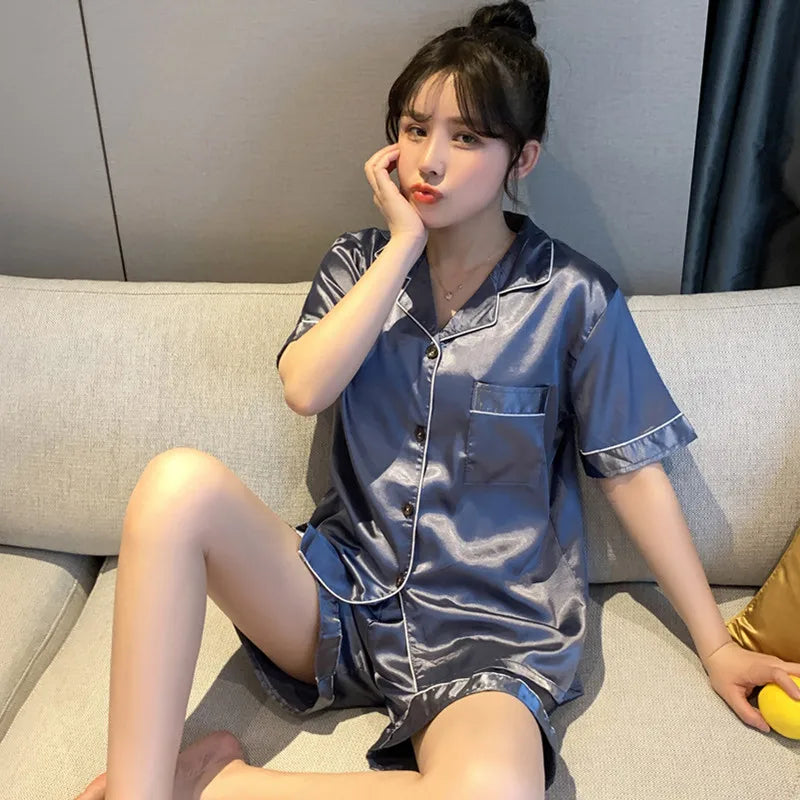How Many Onesies and Sleepers Do I Need? A Comprehensive Guide for New Parents
Table of Contents
- Introduction
- Understanding Onesies and Sleepers
- Factors Influencing the Number of Onesies and Sleepers You Need
- Practical Recommendations: How Many of Each Do You Need?
- Shopping Tips for Onesies and Sleepers
- Conclusion
Introduction
Every new parent faces a whirlwind of decisions as they prepare for the arrival of their little bundle of joy. Among the most pressing questions often arises, "How many onesies and sleepers do I need?" This question is not just about quantity; it encapsulates the journey of understanding your baby's needs, growth, and comfort. Did you know that the average newborn can require multiple outfit changes each day due to messes and rapid growth? This reality can make it daunting for first-time parents to determine the right amount of clothing for their little ones.
As we navigate the world of baby clothing together, we aim to provide a clear and informative guide that will help you make the best choices for your newborn. We will explore various factors influencing the number of onesies and sleepers you might need, including your laundry routine, the baby’s growth rate, seasonal considerations, and the essential qualities to look for when shopping.
By the end of this blog post, you will have a comprehensive understanding of how many onesies and sleepers to stockpile, ensuring your baby is comfortable, stylish, and ready for any occasion. Let’s embark on this journey to build a well-rounded and practical baby wardrobe together!
Understanding Onesies and Sleepers
What Are Onesies and Sleepers?
Before we dive into the specifics of how many of each you need, let’s define what we mean by "onesies" and "sleepers."
- Onesies: These are one-piece garments that cover your baby’s torso and often feature snap closures at the bottom for easy diaper changes. They come in various styles, including short-sleeve, long-sleeve, and even kimono-style, which allows for easy dressing.
- Sleepers: Also known as footed pajamas, sleepers are designed for nighttime comfort, keeping your baby warm and cozy while they sleep. They usually zip or snap from the neck down, making nighttime diaper changes a breeze.
Both onesies and sleepers are essential components of your newborn’s wardrobe, providing comfort and ease of use during those hectic early months.
The Importance of Quality Fabrics
At Relaxed Nights, we emphasize the importance of choosing premium fabrics for your baby’s clothing. Soft, breathable materials like organic cotton are ideal, as they are gentle on a baby’s sensitive skin and provide comfort for all-day wear. Avoid synthetic fabrics that can irritate the skin or cause overheating.
When you invest in quality nightwear, such as our elegant night dresses for mothers, you can also be assured that your baby’s clothing will be of the same standard, fostering an environment of comfort and elegance for your entire family.
Factors Influencing the Number of Onesies and Sleepers You Need
1. Baby’s Growth Rate
One of the most significant factors to consider when determining how many onesies and sleepers you need is your baby’s growth rate. Babies grow incredibly fast during their first few months, often outgrowing their clothing sizes in a matter of weeks.
- Newborn Size: Typically fits babies up to 8 pounds. However, many babies may outgrow this size in just a few weeks.
- 0-3 Months Size: This size usually fits babies weighing up to 13 pounds and can last longer, often up to three months.
Given this rapid growth, we recommend having 8-10 onesies in the newborn size and 10-12 in the 0-3 months size. This ensures you are prepared for those unexpected growth spurts without overstocking on clothes that your baby may only wear for a short time.
2. Laundry Routine
Your laundry habits play a crucial role in determining how many outfits you need. If you do laundry daily, you can get away with fewer onesies. However, if you prefer to do laundry every few days, you will want to stock up on more.
- Daily Laundry: 5-7 onesies and 4-6 sleepers may suffice.
- Every 2-3 Days: Aim for 7-10 onesies and 6-8 sleepers to ensure you always have clean options on hand.
- Weekly Laundry: In this case, consider having 10-14 onesies and 8-12 sleepers to last you through the week.
3. Seasonal Considerations
The season in which your baby is born will also affect your clothing needs.
- Winter Babies: You’ll want more long-sleeved onesies and sleepers to keep your baby warm. Having 4-6 warm sleepers on hand is recommended.
- Summer Babies: Focus on short-sleeved onesies and lightweight fabric options. Here, 3-5 short-sleeved onesies would be sufficient.
Additionally, plan for transitional seasons by having a mix of both warm and cool clothing options.
4. Daily Routine and Activities
Consider your daily activities and how often your baby will be in need of a clothing change. Babies can be messy, and it’s common for them to require several outfit changes throughout the day due to diaper blowouts or spit-ups.
On average, a newborn may need 2-3 outfit changes per day. Therefore, having a few extra onesies will allow you to manage these messes without too much hassle.
5. Special Occasions and Outings
While practicality is important, don’t forget to include a couple of cute outfits for special occasions or family gatherings. These could be adorable onesies or sleepers that showcase your baby's personality. A couple of options can enhance your baby’s wardrobe for those memorable photo opportunities.
Practical Recommendations: How Many of Each Do You Need?
Based on the factors discussed, here’s a consolidated guideline for how many onesies and sleepers to have in your baby’s wardrobe:
-
Newborn Size (up to 8 lbs):
- Onesies: 8-10
- Sleepers: 4-6
-
0-3 Months Size (up to 13 lbs):
- Onesies: 10-12
- Sleepers: 6-8
-
3-6 Months Size:
- Onesies: 10-14
- Sleepers: 6-8
Remember, these numbers can be adjusted based on your laundry frequency and personal preferences. It’s essential to ensure that you have enough clothing to keep your baby comfortable and stylish while also being mindful of space and waste.
Shopping Tips for Onesies and Sleepers
When shopping for your baby’s clothing, consider the following tips:
- Quality Over Quantity: Invest in high-quality fabrics that will last through multiple washes and wear.
- Choose Versatile Styles: Opt for onesies that can be layered or worn alone, depending on the temperature.
- Easy Access for Diaper Changes: Look for designs that allow for quick and easy diaper changes, such as zippers or snaps.
- Comfort is Key: Ensure that the clothing allows for movement and doesn’t restrict your baby’s natural motions.
At Relaxed Nights, we believe in combining comfort with elegance, and our collection reflects this ethos. Check out our Night Gowns Collection for options that provide warmth and style for those chilly nights.
Conclusion
In conclusion, preparing for your baby's arrival involves thoughtful consideration of how many onesies and sleepers you need. By taking into account your baby's growth rate, your laundry routine, seasonal considerations, and daily activities, you can create a well-rounded wardrobe that ensures comfort and practicality.
Remember, it’s not just about the quantity of clothing but the quality that matters. Choosing soft, breathable fabrics will not only keep your baby comfortable but also contribute to a more enjoyable parenting experience.
As you embark on this exciting journey of parenthood, we hope this guide has provided you with the insights needed to make informed decisions about your baby's wardrobe.
FAQ
1. How often should I change my baby's clothes?
You should aim to change your baby's clothes at least once or twice a day, or more frequently if they have diaper blowouts or spit-ups.
2. What size onesies should I buy for my newborn?
Start with newborn sizes for babies up to 8 lbs, and consider buying a few 0-3 months sizes as well, as babies grow quickly.
3. How many sleepers do I need for my newborn?
We recommend having 4-6 sleepers in the newborn size, along with a few additional ones for comfort and warmth.
4. Can I mix and match onesies and sleepers?
Yes! Versatile designs that allow for layering or pairing with other clothing items can maximize your baby's wardrobe options.
5. What materials are best for baby clothes?
Opt for soft, breathable materials like organic cotton to avoid irritating your baby's sensitive skin and to ensure maximum comfort.
By following these guidelines, you can create a cozy, stylish, and functional wardrobe for your newborn. Embrace this beautiful journey of parenthood, and don’t hesitate to explore our Women Sets Collection for matching comfortable nightwear that enhances your relaxation and elegance.



